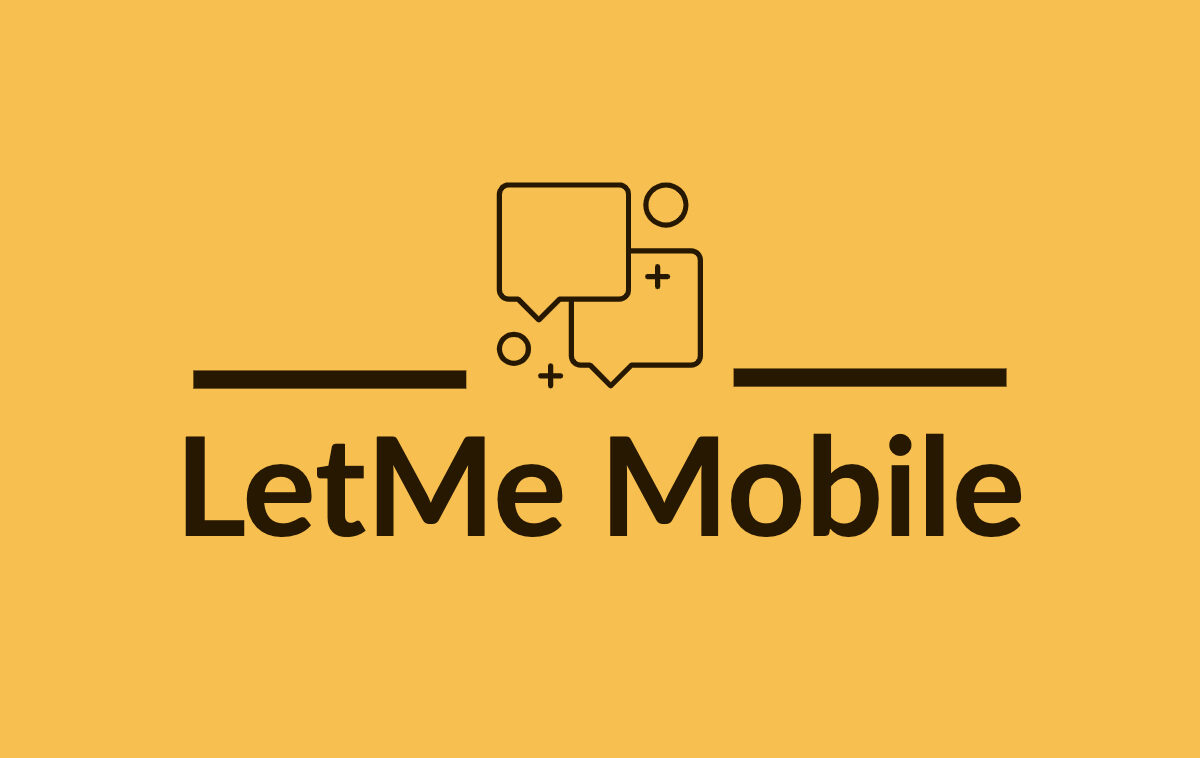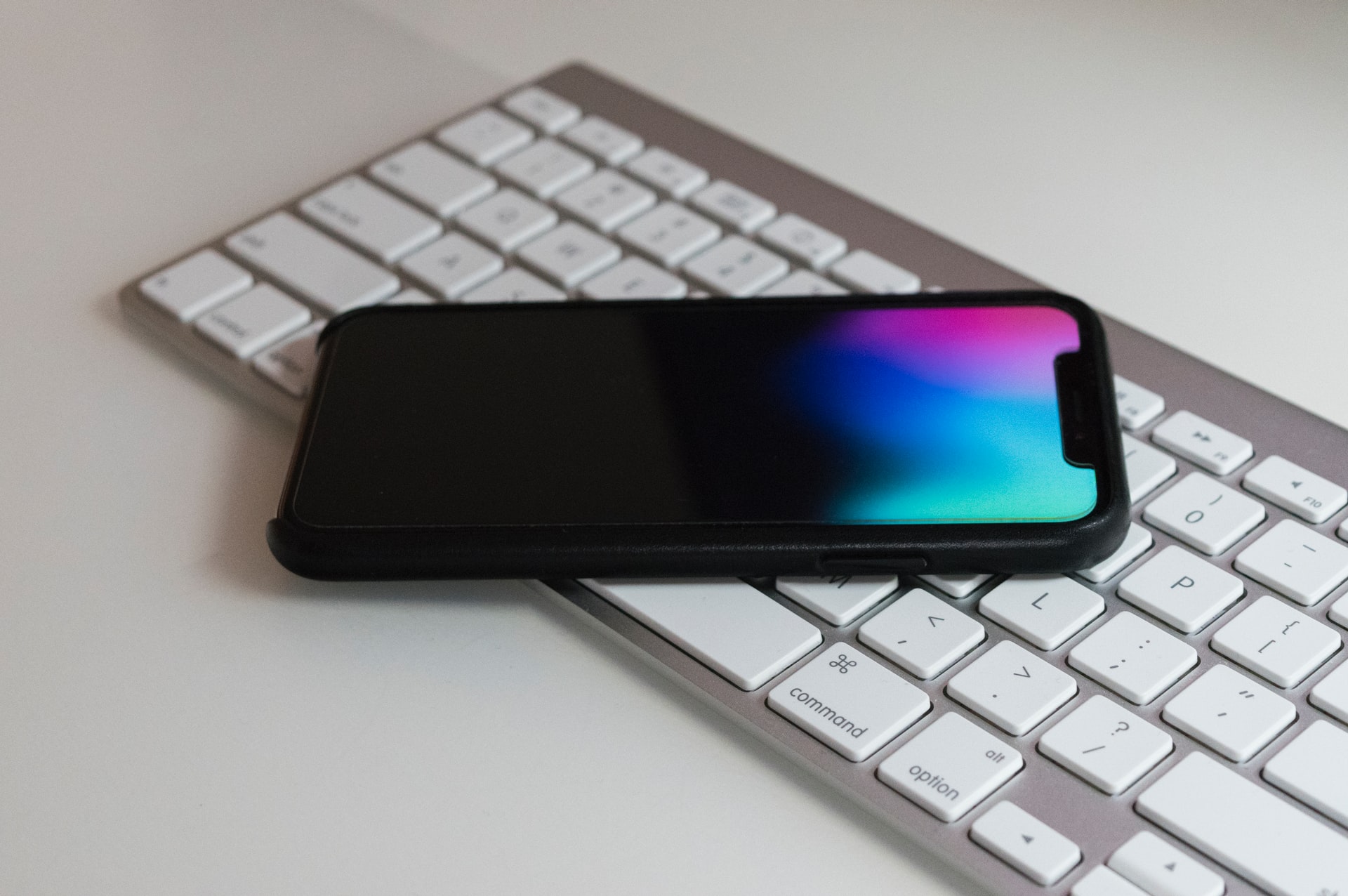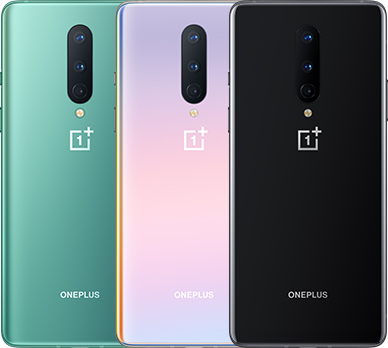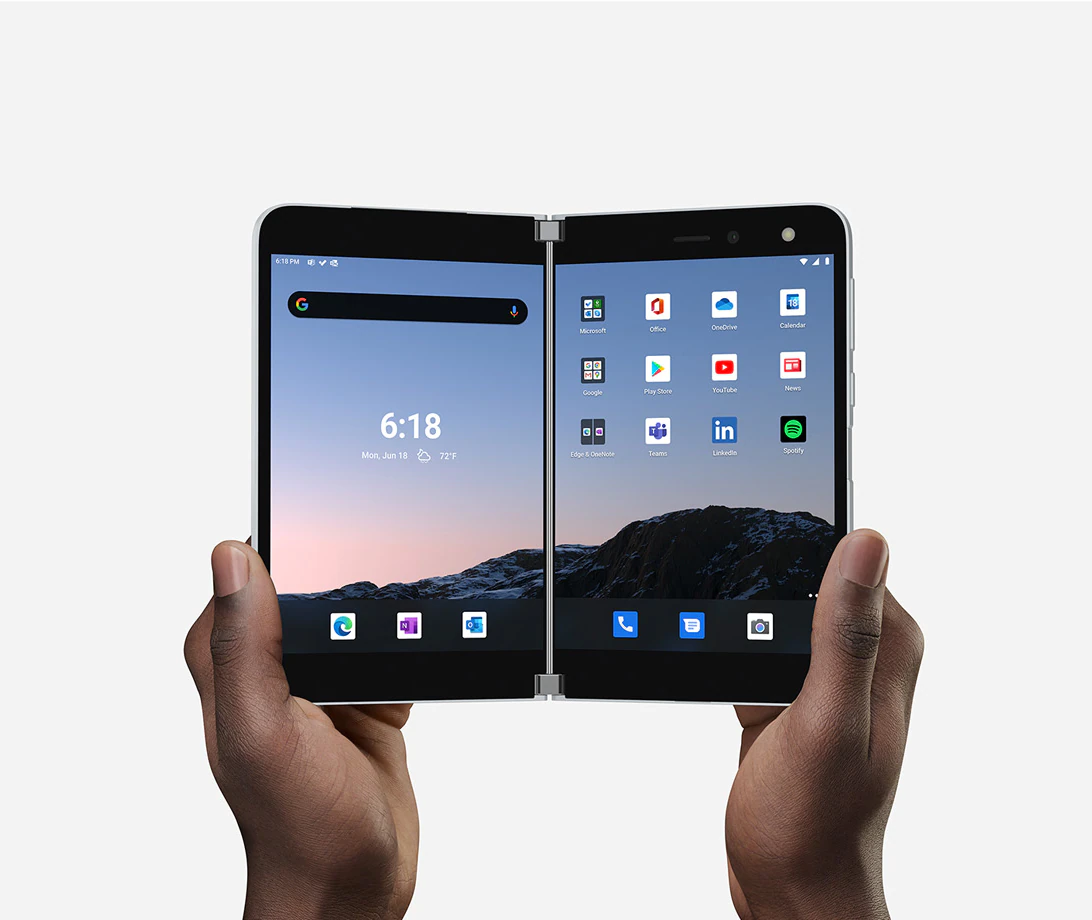from postpaid to prepaid
Do you still remember back in the day when your 2-year wireless service contract was up and you would storm to the store to sign up for a new one so you can get a better deal, sometimes a “free” phone? You don’t see that anymore, do you? Why? Thanks to T-Mobile. When T-Mobile started its “Un-carrier” initiative, it disrupted the entire Postpaid industry and tilted the postpaid vs prepaid balance.
The Un-carrier eliminated carrier contracts which essentially ousted subsidized smartphone offerings from carriers. customers have to either bring their own phone(BYOD) or sign up for a device installment plan. You might want to ask: if there is no “free” phone, what is the point of signing up for their services? Well, you shouldn’t unless you fall into one of these categories:
- You want to have the option of having a physical bill every month. (address verification, call logs)
- You will be receiving a huge discount on your phone installment plan.(sometimes discount=free phone)
- You have multiple lines(4+) and all of them requires unlimited data
- You are eligible for a discount because of your job/occupation(military, government employees)
For those of you who don’t belong in the categories above, you should really consider prepaid plans.
A prepaid plan charges when you start using the service, with a set amount of minutes, texts, and data. And being in 2020, most of the prepaid plans are unlimited. The “Big-3” carriers have their own prepaid brands: Verizon Prepaid, T-Mobile Prepaid, AT&T Prepaid.
On top of “Big-3” carriers’ own prepaid offerings, there are also prepaid MVNOs(mobile virtual network operators). An MVNO is a cell phone carrier that typically does not have its own network infrastructure and licensed radio spectrum. Instead, an MVNO has a business relationship with one or multiple mobile network operators. The existence of MVNOs further tilted postpaid vs prepaid balance.
In order for prepaid MVNOs to succeed, they have to offer better plans. For example, Simple Mobile (a brand of TracFone Wireless) is an MVNO that uses a T-Mobile network. If Simple Mobile offers 5GB of data every month and T-Mobile Prepaid offers the same amount of data, customers are most likely to choose T-Mobile Prepaid simply because T-Mobile Prepaid has its own network.
Also, prepaid MVNOs tend to offer more features such as international calling. Prepaid MVNOs, like Simple Mobile, Ultra Mobile, and Lycamobile offer free international calling features to their customers while the “Big-3” Prepaid brands offer this feature as an “add-on” meaning customers have to pay for additional.
Things to consider when choosing the right prepaid plan
Which networks have the best coverage in your area?
As it is mentioned above, some prepaid MVNOs have a business relationship with one or multiple mobile network operators. Utilizing the coverage maps provided by the “Big-4” would help you eliminate the ones that don’t have the best coverage. Please read carefully
Is your phone compatible?
After you have decided which network is best for you, the next thing to consider is crucial. Is your phone compatible with the network you want to use? Even if your phone was bought unlocked, you should still check the compatibility because different networks use different technologies. For example, Verizon and Sprint use CDMA technology and AT&T and T-Mobile use GSM technology. So it is possible that your unlocked phone doesn’t have both technologies built-in. Check out our ultimate guide on how to unlock your phone.
How much data do you need?
This is when things get complicated because there are so many choices provided by so many prepaid MVNOs. However, there is only one goal: don’t pay for the data you won’t use so you can save the most. You can check your usage by going to your phone Settings>Connections>Data Usage(Samsung). From there, you should be able to find which apps use the most data(always make sure there isn’t any app that’s eating up your data in the background). When you know how much data you normally use, it would be easier to pick a plan. Check out our Best Cell Phone Plans For All Your Data Needs.
Do you need “advanced calling features”?
While prepaid MVNOs may offer a lot of great benefits and savings on your phone bills, it shouldn’t be ignored that some “advanced calling features” are not available from some of the brands. For example, call-forwarding is not available from Lycamobile and it costs additional from Metro by T-Mobile. Some brands don’t offer 3-way calling while others do. Some brands offer free international calling to certain countries, so it is best to check that your country is on the list if you need this feature.
Do you mind throttled data speed?
At the end of the day, MVNOs don’t have their network infrastructure and licensed radio spectrum. They have to rely on their “service providers” in order to provide services to you. You shouldn’t be surprised if your phone’s data speed is slower than your friend who is using the “parent company” service. How often does it happen? Rarely, but don’t be surprised.
Another way to have your data speed “throttled” is by going over your data limit. Though most carriers, including postpaid ones, advertise their plans as “unlimited”, they will slow you down when you have reached the “data cap”. (From my personal experience with Simple Mobile and Metro by T-Mobile, their speed is on par with their “providing company” which is T-Mobile and I never experience any throttling even after reaching the data cap)
Conclusion
Hopefully, this will help you choose between postpaid vs prepaid phone plans. Whether it is postpaid or prepaid, keep in mind that there is no wrong choice because you can always change to another service provider since there is no contract. Especially with the ever-changing industry, carriers update their plans constantly, you should always check for a better deal.





